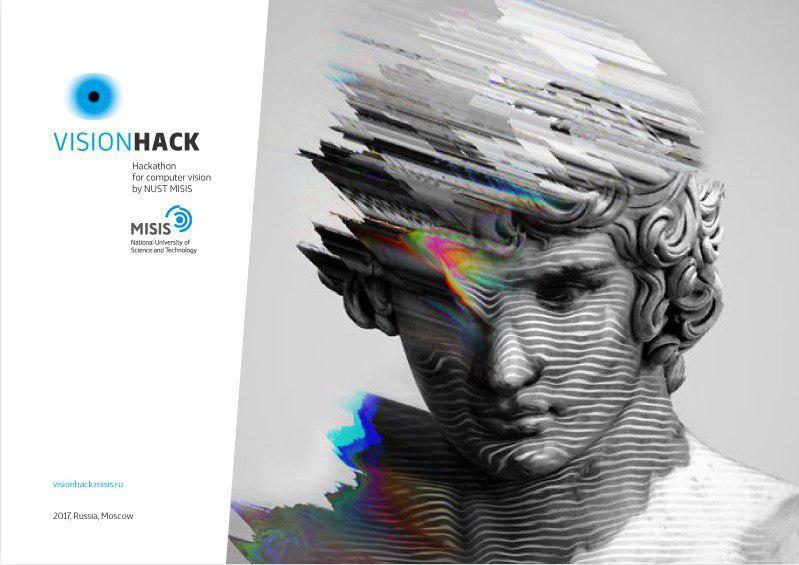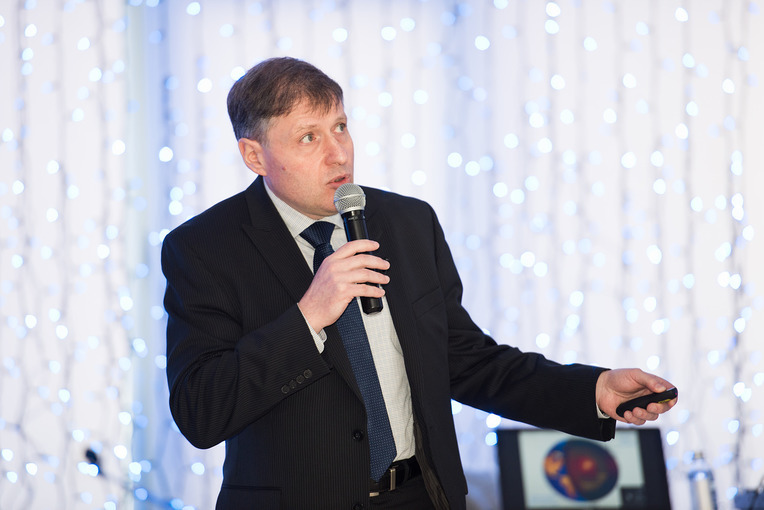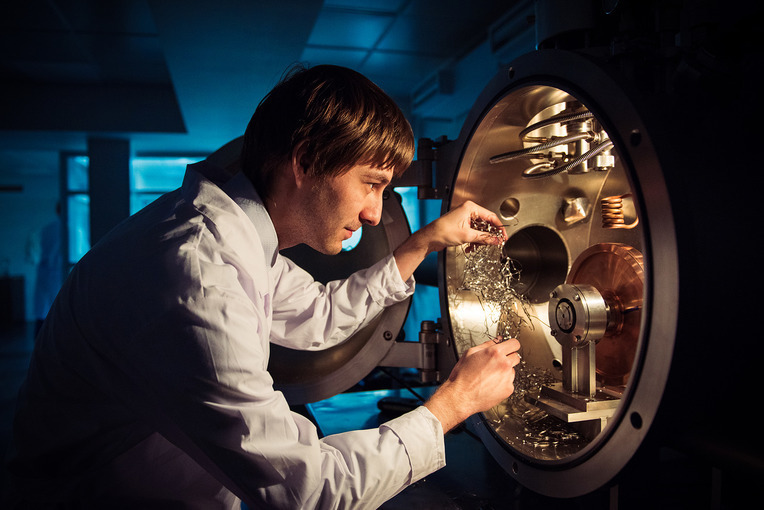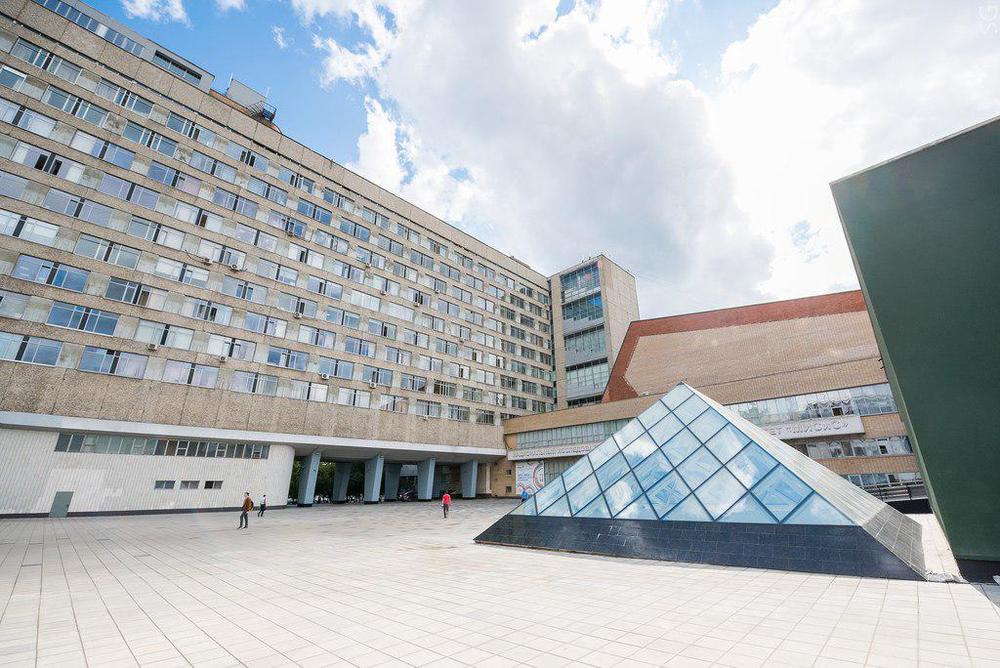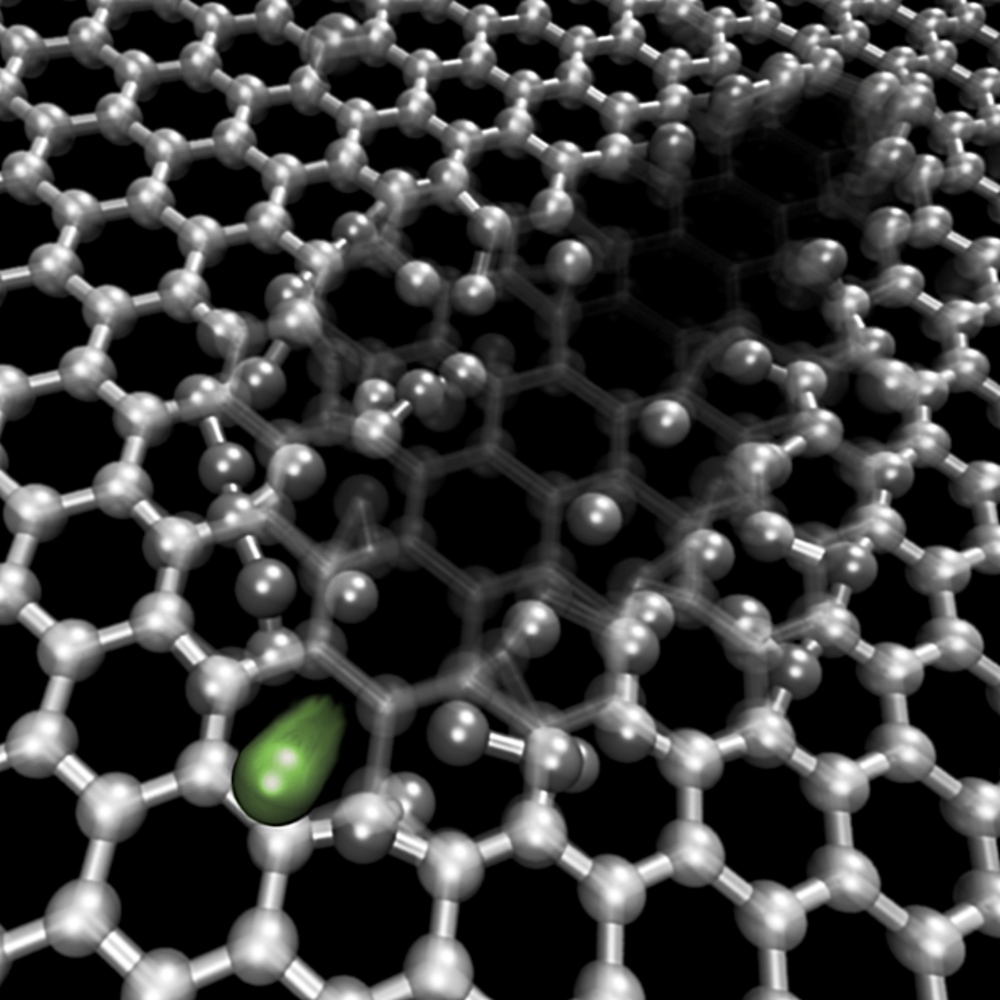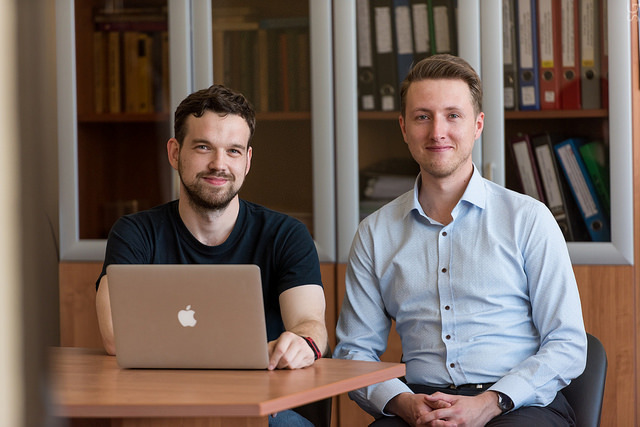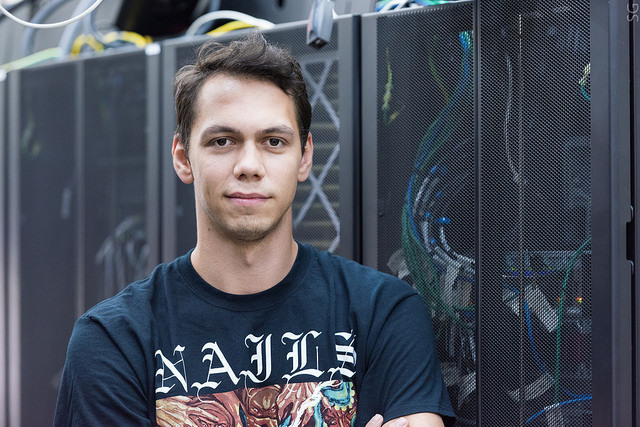29 Teams from 5 Countries Advance to VisionHack Finals
The list of participants for the first international hackathon on artificial intelligence and computer vision has been announced. 29 teams from NUST MISIS, Lomonosov Moscow State University, Innopolis, Skoltech, Saint Petersburg State University, MIPT, MIT, the University of Cambridge, and other world universities have passed through the pre-selection stage. On September 11th, 2017, the on-site competition will start, and the winner will have the chance to earn $22,000.
